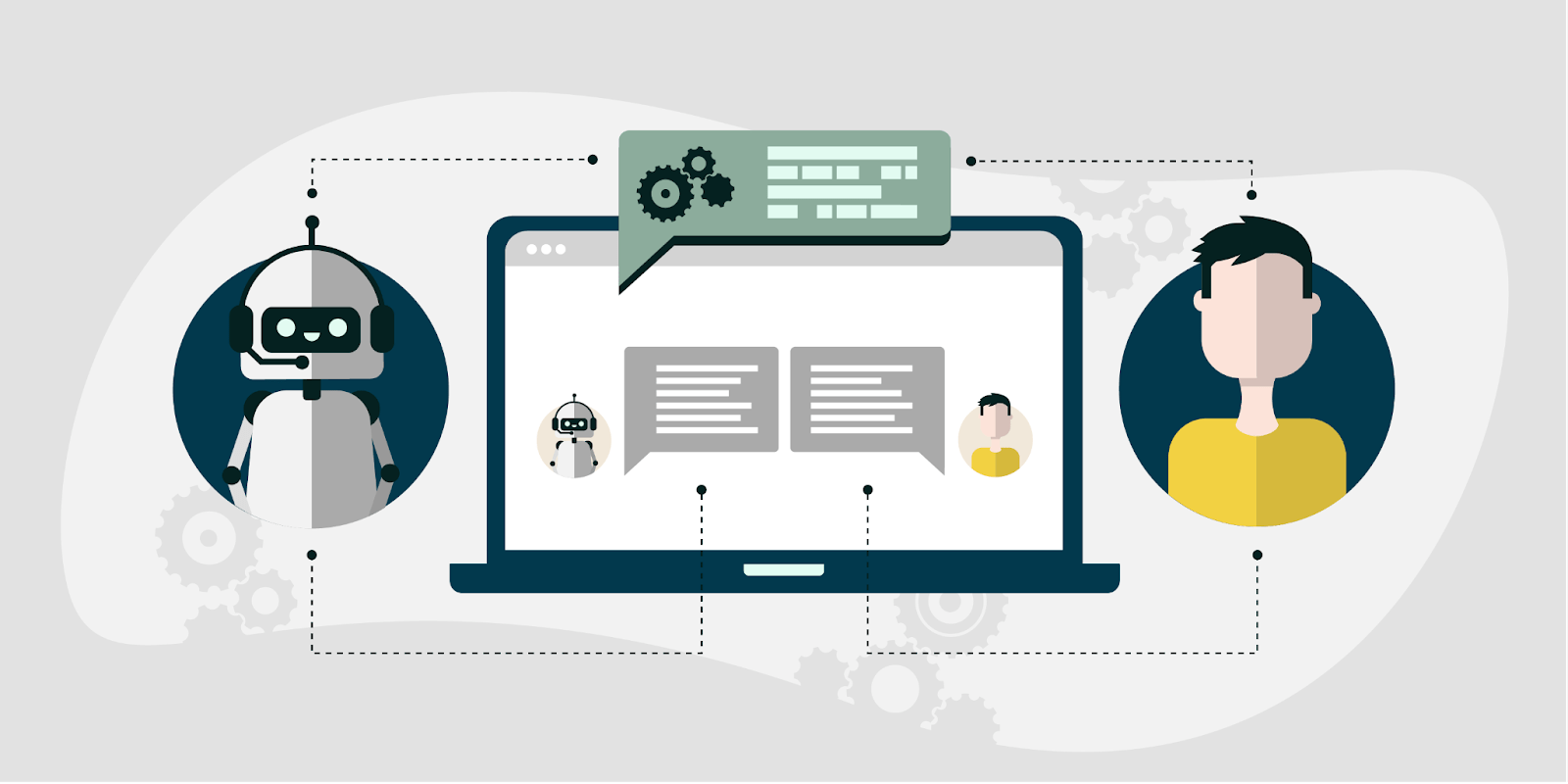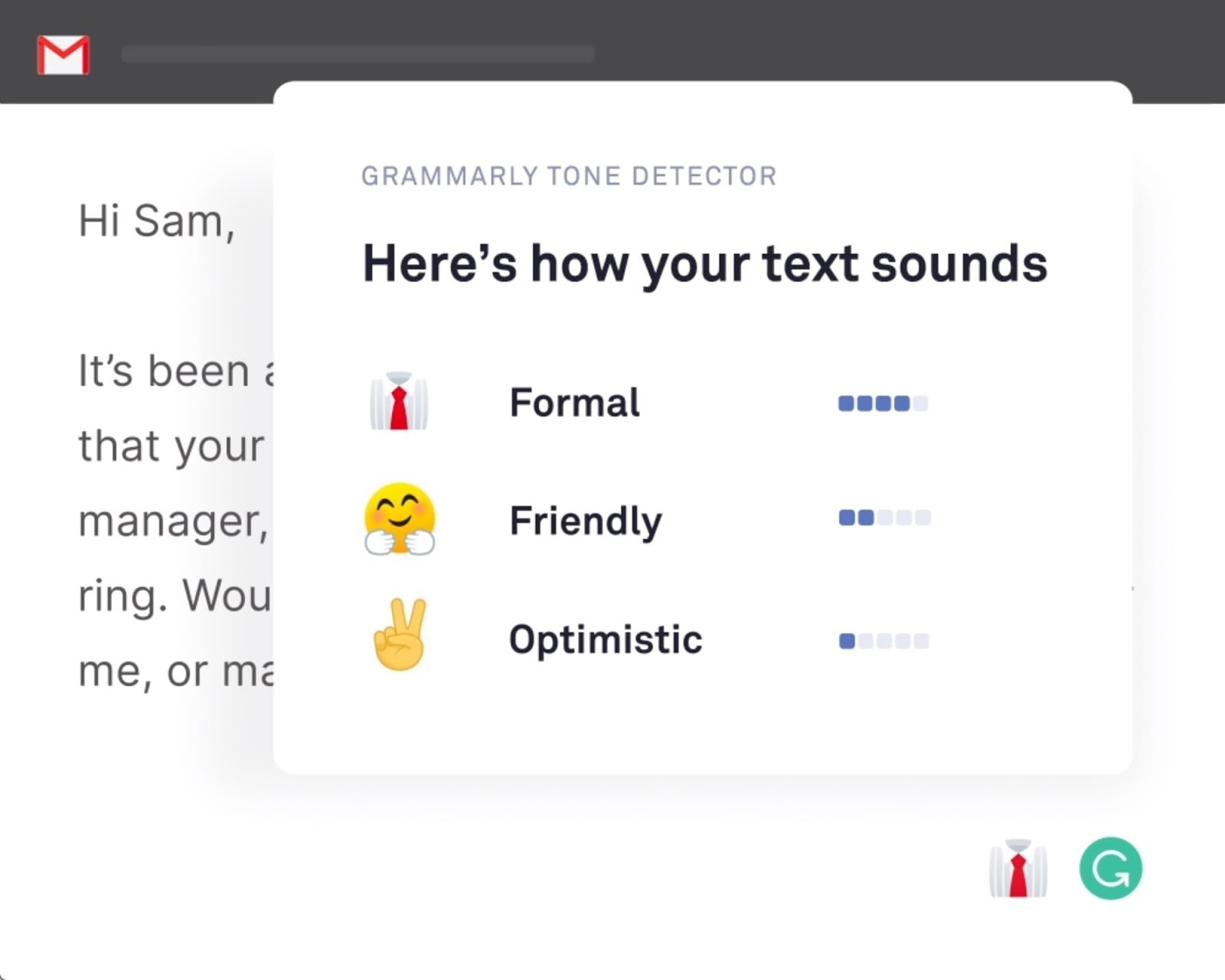Contents
Artificial Intelligence has taken the world by storm, bringing about innovations to help businesses and end-users lead a more productive and convenient life. Among its subsets, Natural Language Processing has evolved to great extents to achieve more human-like interactions. Its diverse applications can offer businesses a competitive edge to stand out from competitors.
A brief introduction of natural language processing
What is natural language processing?
In short, natural language processing helps machines talk with us through our own language. Thanks to the power of AI, and machine learning, computers can mimic the ability to understand our linguistic resources (text, voice, etc.), auto-perform basic repetitive tasks, and make decisions based on the information.
First appearing in the 1950s, natural language processing is the basis for the Turing test – a test to determine whether or not a machine can be as intelligent as a human. In fact, this so-called fancy technology has been infused into every part of our daily life.
For example, many websites feature a chat box for customers to chat with the support team quickly. Usually, it consists of a fixed set of frequently asked questions for visitors to choose from. There is rarely a real human waiting at the other line. So, ladies and gentlemen, you have just interacted with an application of natural language processing.

How does NLP work?
There are two main steps to make natural language processing applications work.
First, the language is divided and tagged so that computers can understand them in the same context as humans do. The process includes:
- Analyzing grammatical structures
- Explaining the meaning of words/phrases
- Tagging words as nouns, verbs, adjectives, etc.
- Removing unimportant words, such as articles
Second, an NLP algorithm is built. It helps machines to understand the language and do specific tasks. Developers usually choose between a rule-based and a machine learning algorithm. Users are now more fond of the latter approach to create natural language processing applications since it auto-improves the algorithm based on previous input data.
Explore more: 5 Phases of NLP
The benefits that NLP can bring to businesses
Let’s consider a large dataset, such as responses collected from a customer survey for anyone who had eaten KFC at least once. An AI-enabled machine can handle such a gigantic amount of information and put the survey’s report in place way faster than the manual sorting one. NLP applications apply their algorithm to all data processing tasks. Therefore it will eliminate mathematical errors and inconsistency caused by humans.
By connecting with other digital tools, NLP can facilitate organizations to gain detailed customer insights and reports about business performance. Such information plays a key role in building more suitable and effective strategies.
Another undeniable advantage of NLP is better customer service. Thanks to its smart algorithm in data processing, buyers can enjoy more accurate and quicker support. Even when the in-charged team is unavailable, customers won’t feel left out since the machine has already started processing their requests.
Last but not least, this is the perfect solution to maximize the potential of your employees. They are not bound to repetitive tasks; they will perform other important and sophisticated tasks while NLP-enabled applications have the mundane ones covered.
The future of NLP
According to Statista, the revenue from the NLP market worldwide in 2020 is nearly $12.4 million. The number is predicted to increase 3.5 times, reaching $43.2 million in 2025. That shows the huge potential of NLP in changing the face of business development. Just look at the growing popularity of typical NLP applications surrounding us: Facebook chatbots, iOS Siri or Google Translate; we know that a new era has come.
8 most common applications of NLP
There’s no limit to who can apply NLP into their technology ecosystem. However, natural language processing applications will show their full potential within organizations that:
- Require managing a huge knowledge base
- Perform multiple repetitive tasks
- Intend to save human resources from simple tasks that can be performed by machines
- Have the vision to digitize and automate their procedure
In the last few years, more and more company owners have been aware of the endless possibilities of NLP applications. Let’s take a look at 8 NLP best practices that hold power to transform businesses.
1. Chatbots
This is one of the most familiar examples of natural language processing applications. Chatbots have simplified an enormous workload for customer support teams since they handle common queries from customers. According to research, they have taken care of nearly 70% of conversations from start to finish with website visitors.
In the beginning, they just included frequently asked questions to help staff avoid answering repetitive concerns from customers. Following AI development, chatbots can now be personalized to act as a comprehensive salesperson: recommend products, ask for feedback, or redirect customers to the right destination.
Some of the most popular chatbot apps you can take a look at are ManyChat, ChatFuel and Botsify.
2. Text Autocomplete/Autocorrect
Every time we search for a term on Google, there are suggested results based on the search history of millions of people around the globe. This use case of NLP has helped people quickly get accurate results and eliminate typo mistakes.


3. Sentiment Analysis
There’s a saying: Words cut deeper than knives. Languages contain deep and delicate emotions of the speaker/writer that can change the whole context of the conversation. With machine learning, digital tools now have the ability to understand the sentiment beneath the surface of words.
To train the system, developers label the common feelings associated with certain phrases. Every time the phrase shows up in the input message, it can instantly “read” what users want to express. This application is extremely helpful in business surveys and feedback analyses since they can quickly indicate the attitude of customers towards the brand.

4. Automatic Summarization
When businesses collect data from multiple sources (social networks, feedback forms, etc.) and edit long documents, they would want to remove the noise – the meaningless info – and focus on the essence of the text. That’s when automatic summarization steps up and opens new chances in analyzing data.
There are two main categories of automatic summarization:
- Extractive summarization only extracts some parts in the text (phrases or sentences) to generate a summary. This method relies heavily on choosing the right piece of text.
- Abstractive summarization optimizes more modern NLP applications to create a completely new gist. The sentence in this summary may not come from the original text but the own creation of the machine.
5. Smart Assistant
The rising of artificial intelligence and machine learning has given birth to multiple smart assistants. Some of the most prominent names are Google Assistant, Alexa, or Siri.
This natural language processing application is equipped with speech recognition to indicate frequent structures and patterns in speakers’ voice commands. Then it will respond with various built-in contextual actions, such as showing needed information, giving helpful advice, or even making us laugh with a joke.
6. Language Translation
In the myth, humans are punished with different languages for building the Babel Tower. Yet, in the 21st century, the world has found a new alternative way to connect cross-border: Language translation tools.
In particular, this innovation is a game-changer for every aspect of our life. Businesses can expand their influence to more promising markets: A merchant from France can export perfume to Japan without misinterpretation. The help of machine learning in education also opens new gates for young generations. Students from Thailand have the chance to understand the lecture of a Mexican professor.
Google once again asserts its leading position in successfully developing natural language processing applications. Google Translate has erased the language barrier between people around the world: It can translate almost all of the living languages. More than that, people are willing to upgrade the quality of these translation tools by adding more meaning to each word in different contexts.

7. Targeted Advertising
Have you ever wondered why you just searched for this book one time, yet the next day you are immediately exposed to two other bookselling ads? Taking advantage of the algorithm, developers have optimized NLP to bring advertisements closer to audiences who have an interest in a specific product.
NLP applications are integrated directly into voice command, Google, email, etc. With every action we perform through these tools, NLP remembers the input data and creates a profile for our frequent search terms. These phrases are divided into categories, and NLP will assign them to different target audience settings for digital advertising. For example, search engines like Google auto-suggest related ads based on keywords you have looked for in the past.
8. Email Filters
Starting as a spam detection tool, the filters look for particular words that indicate a spam message, such as “promotion” or “free,” and remove the email from your inbox. At the moment, these filters have evolved tremendously to support more purposes. For instance, aside from spam, there are three main classifications: Primary, Social, and Promotions in Gmail. Users can create new tags to organize their inboxes and quickly access important emails.
In conclusion,
Natural language processing applications are what owners aim for to transform their business inside-out. Some may be scared that we are at risk of losing work when there’s no need for human interaction in the automation process. In fact, they should say that we now have the key to implement ambitious ideas that seemed totally impossible before. All thanks to the evolution in artificial intelligence and machine learning.
Are you looking for a NLP expert?
1. GEM Corporation is an IT Outsourcing company experienced with developing AI solutions. We have worked on developing NLP and OCR solutions for top industrial corporations in Japan; specialized in deploying chatbots, text and image processors, recommendation systems. We are also partnering with Vietnam National University’s AI Laboratory on scientific research and talent training.
2. Our domain expertise includes Logistics, Telecommunications, Finance, Banking and Insurance, Retails, Manufacturing, and so on.
3. We have more than 7 years of experience. Our offices are based in Hanoi, Vietnam and Tokyo, Japan.
4. We have successfully built more than 100 successful projects for our clients in the US, UK, Europe, Japan, Korea, Singapore, and many more.
5. Let us know how we can help you build your next AI solution. Contact us now and get a demo for your project.






